Thirty years after Dog Man Star, Brett Anderson looks back on Suede's album covers
Brett Anderson talks cover art, photography and iconic imagery
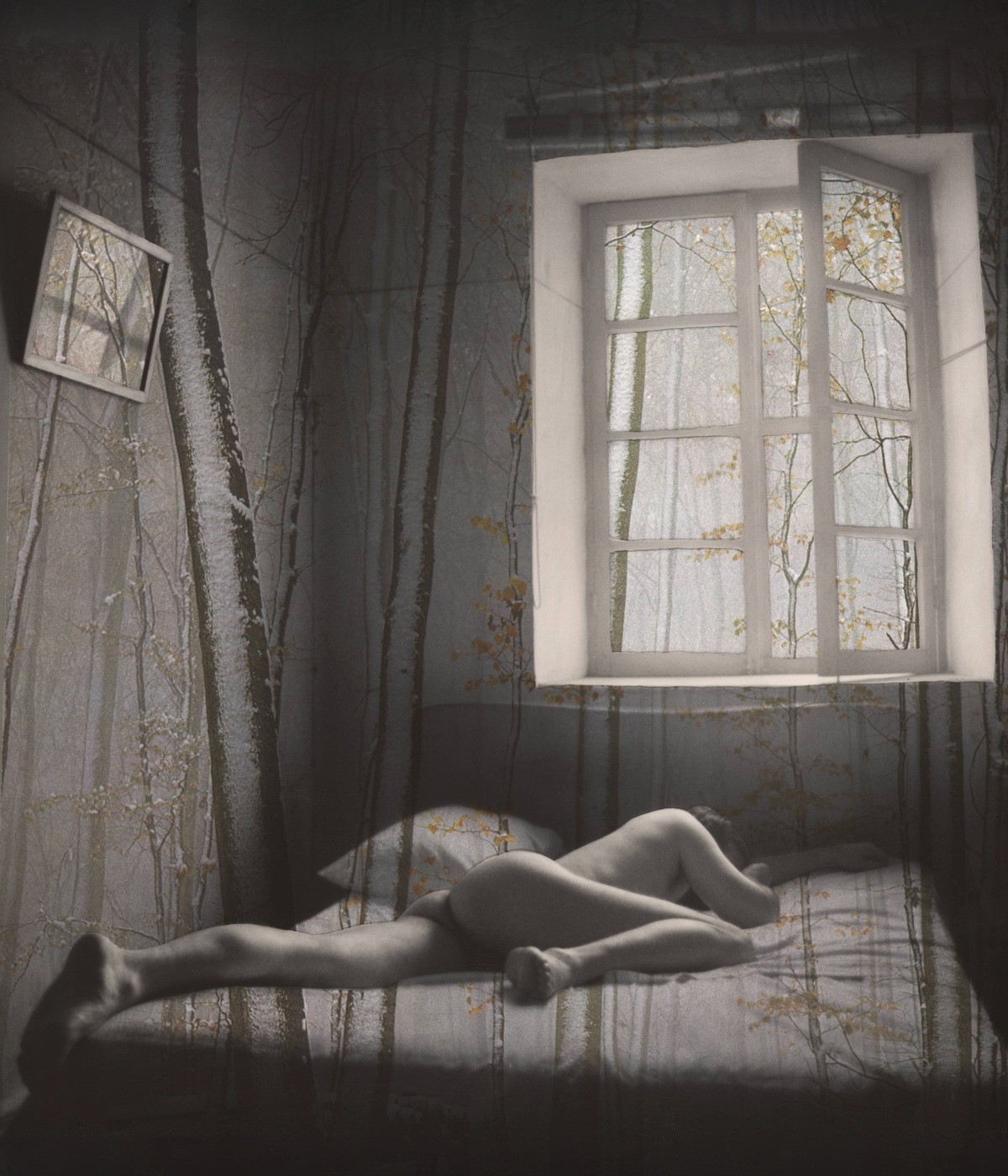
It was said that music artwork would evaporate with the advent of streaming and downloads, but the visual side of music has never been more important, living forever on the internet as well as sitting on our shelves and turntables. Suede’s Dog Man Star, one of the most impactful records of recent times, marks 30 years since its release this year. Its cover was shot by photographer Joanne Leonard in 1971 in Mexico and then discovered years later by Brett Anderson of the band, who used an iteration of the work for the cover.
Leonard, who photographed the American South in the late 1960s but is known primarily for her photography of interiors, is now in her eighties. She has enjoyed a long career, and as an artist and a teacher her work has been shown all around the world, but in some ways her most famous image exists in a different orbit. Sad Dreams on Cold Mornings is just one version of an image she reworked many times, and its life as a seminal album cover is just another one of its lives or interpretation.
Suede, particularly at the time of this record’s release, were known for music full of drama and excess made in the context of a hedonistic, artistic lifestyle. They have worked with many artists including Derek Jarman, Tee Corrine, Nick Knight, Peter Saville, photographer and filmmaker Roger Sargent and Paul Khera but there is something unique about the resonance of this image, found by chance in a London market.
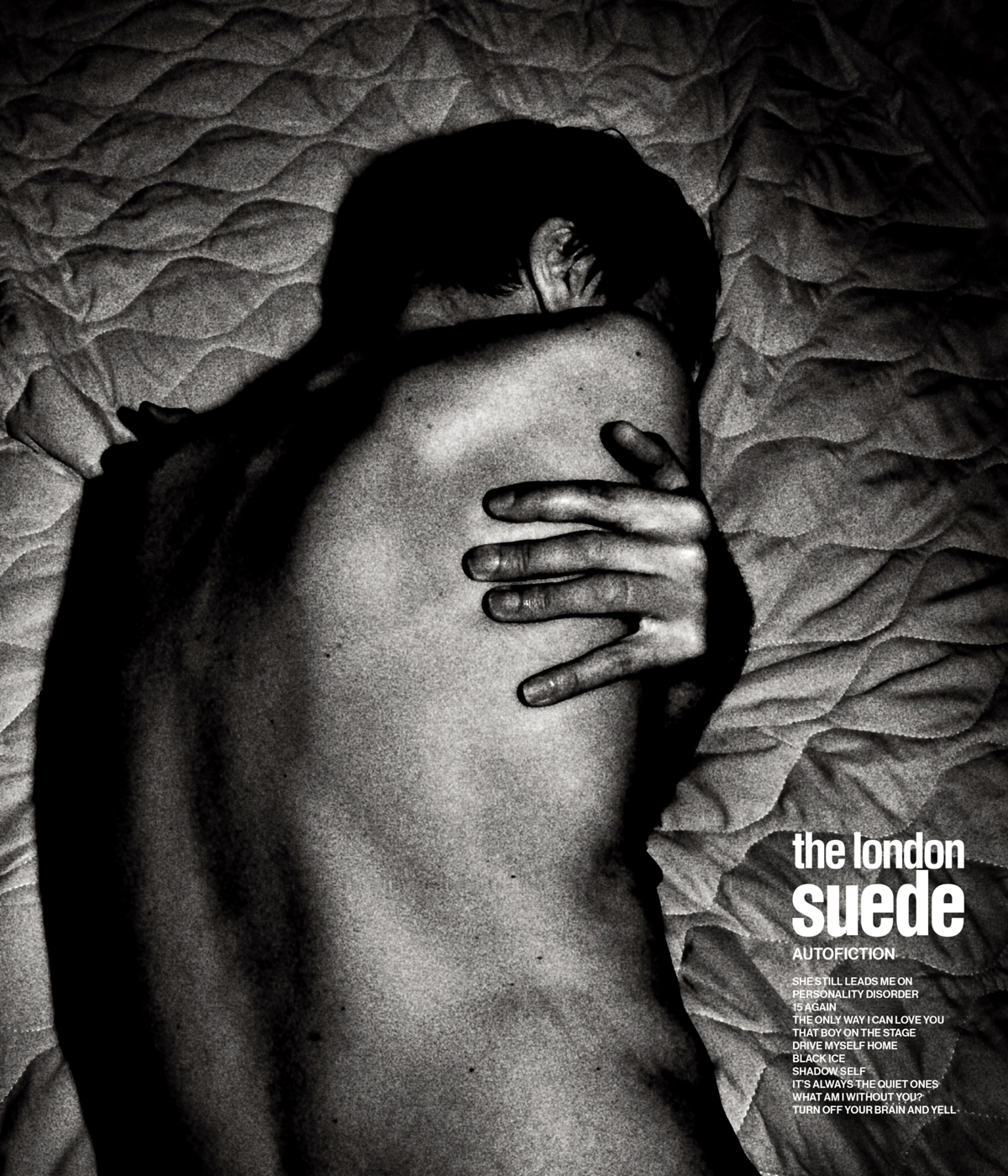
Autofiction album cover
"Dog Man Star, the album that the image became the sleeve to, was an album of mood swings, an album about disintegration and regret, ambition and failure, both paranoid and romantic, sexual and contemplative,” Brett Anderson explains. “Sad Dreams on Cold Mornings somehow seemed to span these extreme states and speak to each of them in turn. I'm still so glad that the image and the music are forever linked."
The image on the cover of Dog Man Star is of a man splayed across a bed, shot from behind, layered with snowy, leafless trees. The window is open but the cold is already inside the room. It evokes sadness, isolation and a melancholic sexuality that chimes with Suede’s music at that time. The photograph was shot by Leonard in 1971 in Mexico as part of the series Dreams and Nightmares she made on the disillusion of her marriage. The underlying photograph has had many lives, initially through Leonard’s artistic career and then as the cover of a record that holds a place in music and popular culture.

Bloodsports album cover
“I guess it has to start with that the underlying photograph was made in a hotel room in Mexico, right? I've used the photograph called Merida Morning in other works, but it also exists on its own as a photograph,” Leonard says over video chat, adding that she then began to experiment with the composition and processing through collage and layering.
“I had been making collage for a while by adding photographs to the surface of my photographs and to make the Dreams and Nightmares, I was on a quest to figure out how I could maybe put the collage behind the photograph instead, so through the window and the and the picture frame on the wall of the room.”
Wallpaper* Newsletter
Receive our daily digest of inspiration, escapism and design stories from around the world direct to your inbox.
Leonard recalls trying to achieve the effects she wanted by cross processing the original photograph with a series of other images. “I printed the photograph on film, on transparency, so that I could then lay it on top of the collage material, so it was partly a technical process to just figure out how to realise my idea of a more integrated collage. Today photoshop would do it, so it would be a completely different proposition but such were the tools that I had and the ideas that I had that led me there.”
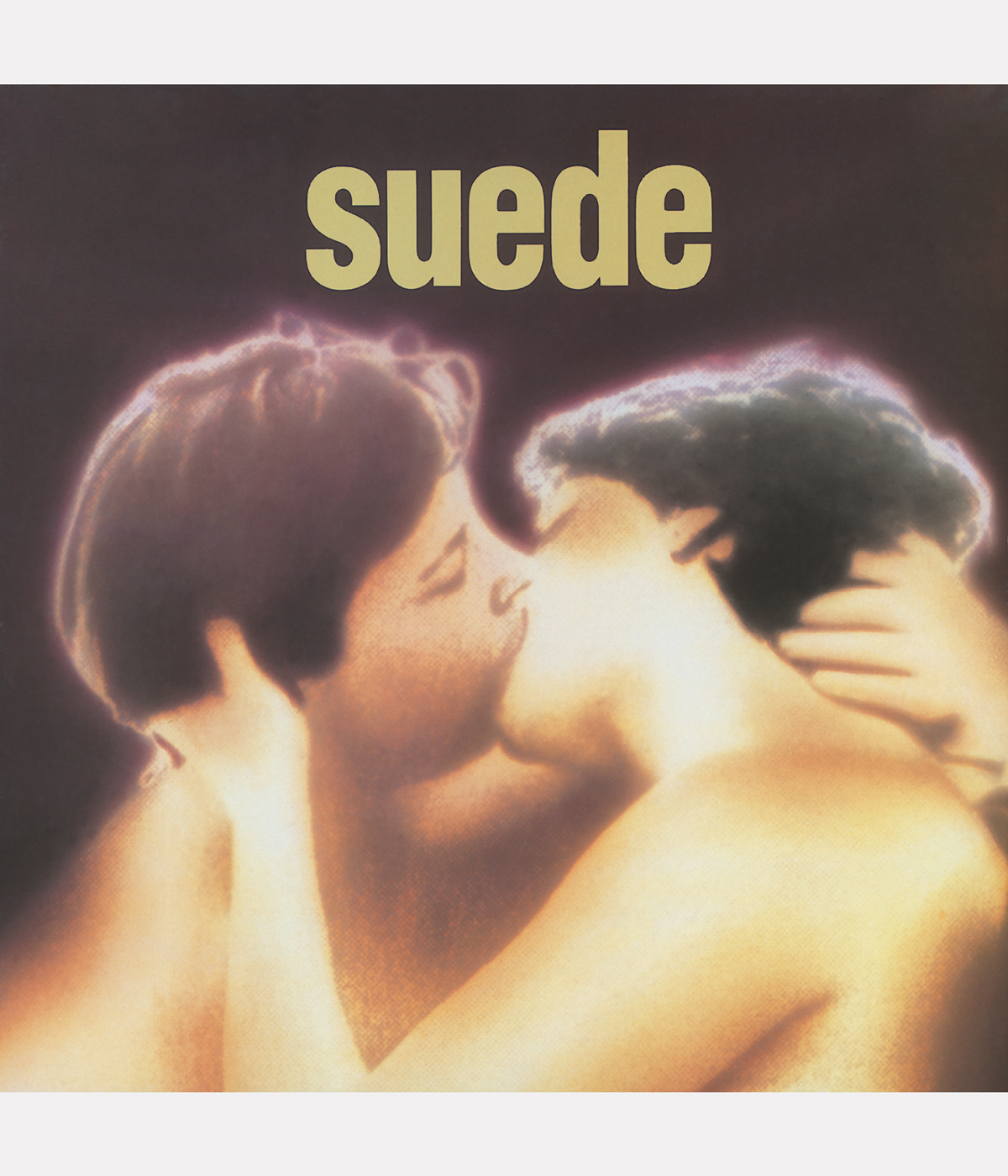
Suede album cover
It was this collage effect that spoke to Anderson. “I love the surreal use of double exposure, the way the viewer becomes aware of the tendrils and the bark of trees superimposed over the interior scene, images that add texture and further layers of intrigue and symbolism; a sense that nature and the man-made have fused, that the barriers between the two have somehow become eroded."
The result was Sad Dreams on Cold Mornings which lead singer of Suede Brett Anderson found while looking for inspiration second hand shopping in West London. “I used to buy piles of mildewy old photography books from Portobello market,” he says. “Mainly 60’s, 70’s and 80’s stuff, due to the inevitable time-lag of buying anything second hand rather than a preference for a specific genre or era. I acquired a beautiful photography compendium thing, from Time Life Books. It was titled The Art of Photography, about 10 hardback volumes with elegant matt silver covers spanning everyone from Cartier Bresson to Diane Arbus to Tee Corrinne.”
The process of finding images to fit the band’s sound, and to make a statement that went against the grain of the fast-incoming BritPop movement, had to be a challenging one. In finding an image that communicated something different to the mainstream, was fast to the point and easy to understand, Anderson needed to find something that spoke to something more complex and ambiguous. Imagery at that point had been questioning of gender and sexuality, echoing their lyrics.
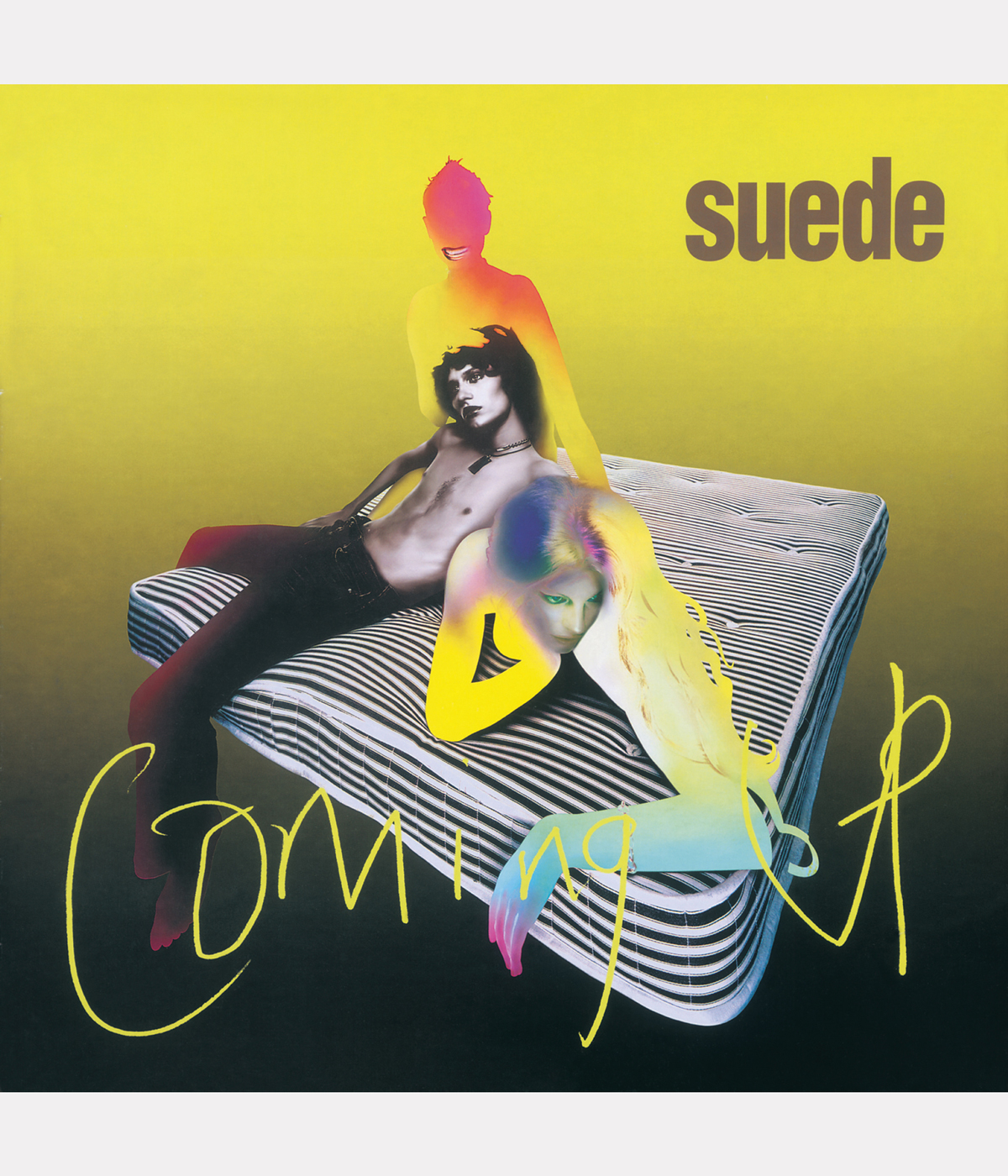
Coming Up album cover
“It was in one of these volumes that I came across Joanne Leonard and specifically her work Sad Dreams on Cold Mornings. There was something wonderfully ambiguous and mysterious about it that I found immediately captivating,” he recalls. “I’m always drawn to art which poses more questions than it tries to answer, and this piece certainly did that. There seems to be a narrative, but the narrative is elusive and utterly intriguing - are we witnessing a post-coital moment, or one of melancholy or depression or exhaustion? Or all of these, or none of them?”
Suede’s visuals at this time were steeped in the themes of the music they represent, potent with confronting contemplation on stardom, isolation, sex, idolatry, resistance and youthful bombast. The band went on to create many single covers including the We are The Pigs cover which shows a platoon of masked men in silver and black, and Wild Ones that shows a saturated image of a hand on the neck of a horse. The band also commissioned a series of films by Mike Christie that were projected when they played live, sitting somewhere between art film and music video, they play out vignettes ranging from explorations of gender to a gang of small children violently destroying a car in bleak moorland.
While the music goes to all manner of extremes, the visuals amplify them, with the results making an indelible mark on popular culture. In the band’s follow up, Coming Up, rave culture and 90s lifestyle are parsed by Nick Knight and Peter Saville in a series of neon hallucinations including a second iconic album cover. The images could not contrast more strongly, but occasional references remain as the melancholy lone figure on a bed of Dog Man Star is replaced by a starry eyed ménage á trois.
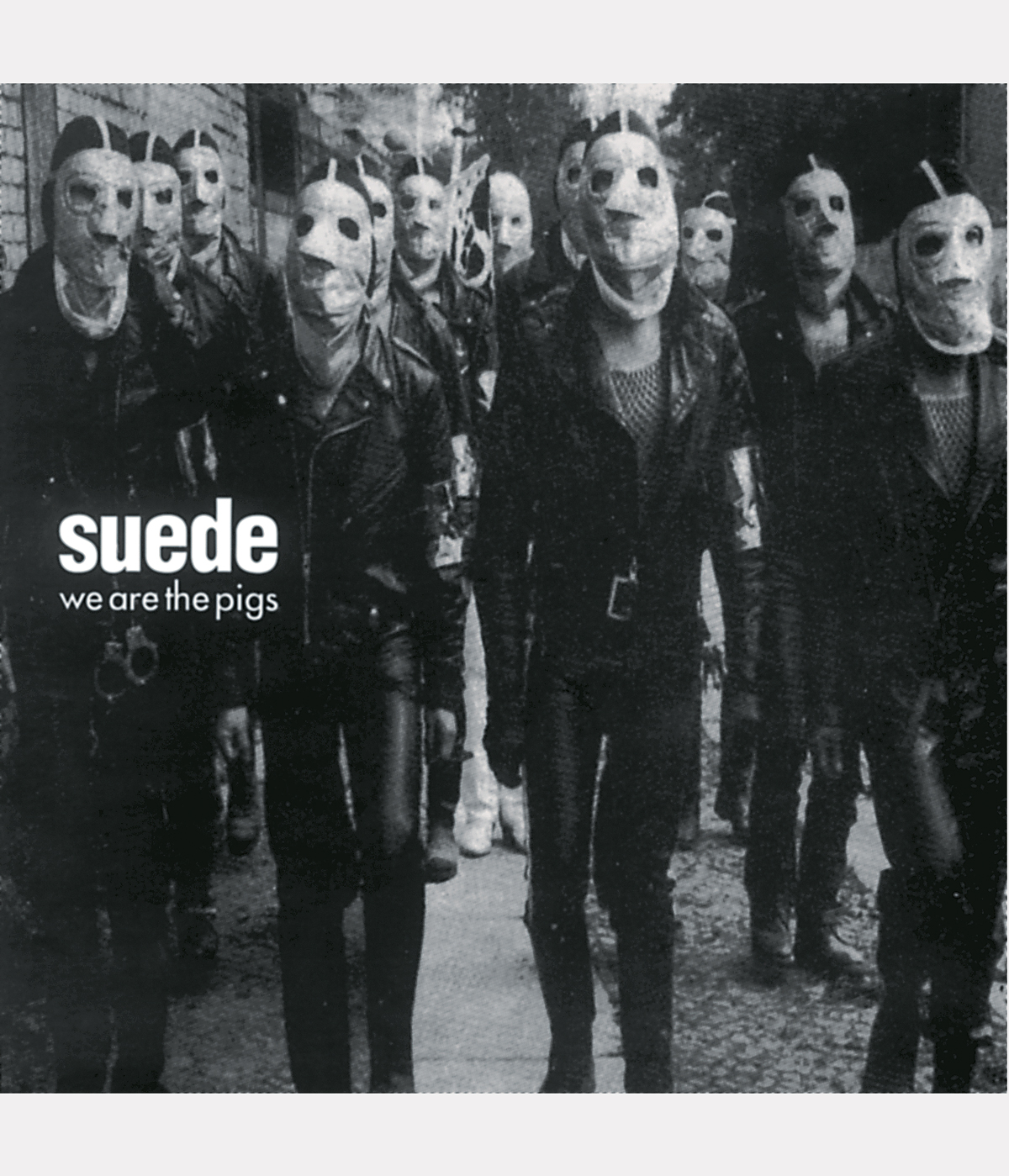
We Are the Pigs album cover
“The symbolism of beds has always fascinated me. I love that they are places of refuge and reflection and warmth and safety but also places of intensity and passion and sometimes even of humiliation and regret,” Anderson mused. “It was this symbolism that I continued on further Suede sleeves from Coming Up in 1996 all the way to Autofiction in 2022, but it was the Leonard image that initiated that chain of self-reference. There are details in the image that signpost yet more–the presence of the window is somehow a hopeful gesture in spite of the pervasive sense of melancholy. It somehow suggests escape and a world of possibility outside.”
There is a parallel between the practices of both artists in that both their work finds beauty in the everyday and seeks to elevate it. Suede have gone on to make many more records, cementing their place in music history and Leonard’s work sits in some of the world’s most important collections.
“There are a number of coincidental overlapping, between their ideas and mine. There was an article that came out this year following my photographs of interiors being shown at MoMA that called my work, it said ‘Joanne Leonard celebrates the radical every day, which I loved’,” Leonard explains. “It's not been a part of my world to know how extraordinary this album and the recognition of it has been. I’m only beginning to know it.”
The 30th anniversary edition of Dog Man Star is available at https://suedehq.lnk.to/DMS30
Amah-Rose Abrams is a British writer, editor and broadcaster covering arts and culture based in London. In her decade plus career she has covered and broken arts stories all over the world and has interviewed artists including Marina Abramovic, Nan Goldin, Ai Weiwei, Lubaina Himid and Herzog & de Meuron. She has also worked in content strategy and production.
-
 Extreme Cashmere reimagines retail with its new Amsterdam store: ‘You want to take your shoes off and stay’
Extreme Cashmere reimagines retail with its new Amsterdam store: ‘You want to take your shoes off and stay’Wallpaper* takes a tour of Extreme Cashmere’s new Amsterdam store, a space which reflects the label’s famed hospitality and unconventional approach to knitwear
By Jack Moss
-
 Titanium watches are strong, light and enduring: here are some of the best
Titanium watches are strong, light and enduring: here are some of the bestBrands including Bremont, Christopher Ward and Grand Seiko are exploring the possibilities of titanium watches
By Chris Hall
-
 Warp Records announces its first event in over a decade at the Barbican
Warp Records announces its first event in over a decade at the Barbican‘A Warp Happening,' landing 14 June, is guaranteed to be an epic day out
By Tianna Williams